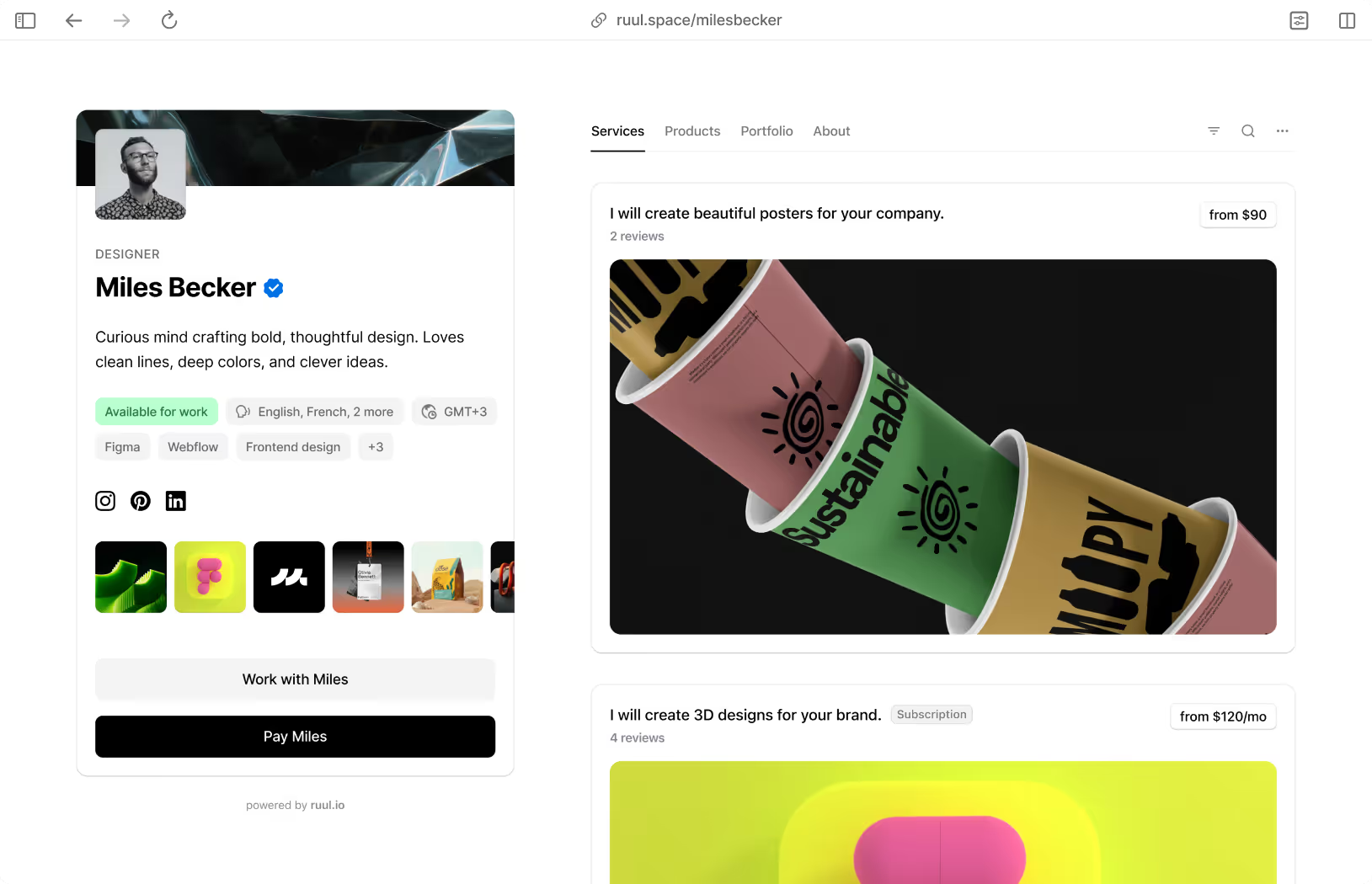For most graphic designers, the day will come when you've had enough of working for the profit of other businesses. When that time comes, you want to be ready to make a smooth transition from an employee to a freelance entrepreneur.Deciding to take the leap and branch out at last on your own can be exciting! Being a freelancer means taking control of your career by becoming your boss. But in a highly competitive environment of designers, how do you make sure your leap doesn't turn into a nosedive?
Stepping into the world of freelance design work
More than ever, fresh graduates and salaried professional designers are turning to the freelance world. While making this change can be exciting, the fact is that many first-time freelancers have failed. This failure can be the result of many different aspects.You may find that motivation is a challenge when you are to set your working hours. It also takes a heavy dose of perseverance to build your client list and get your name out to your potential clients. You may also find that dealing directly with customers rather than working for an agency is much less glamorous than you thought it would be.
Steps to create a thriving freelance graphic design career
We've already talked about potential problems that graphic designers face when building their businesses, but you can do much more than just avoid your peers' common pitfalls. Let’s explore the steps that will help you start your freelance graphic design career.
Step 1: Reviewing your toolset for your potential clients
The very first thing any aspiring graphic designer should do is ensure that they use the right programs. Outdated software will only make the process more complicated and set you miles behind the competition with other designers.In addition to acquiring the newest and greatest design software, you also need to know how to professionally use them. So really plunge into those forums and learn all the fancy keyboard shortcuts that will streamline your whole process.Take some time to figure out what your particular niche needs. Going for high-profile clients and offering a wide range of design work? Then you'll probably want more robust design programs.If you want to deliver high-quality image content on a slightly smaller scale, using online tools like DesignBold can get you exactly what you need–but at a fraction of the cost. Also, don't forget the basic things like a capable computer and a sketchpad!
Step 2: Joining the freelance community
Freelancing has never really been as easy as it is now, thanks to the worldwide web of trust! You can choose which freelancing platforms you would like to join, many of which are completely free to sign up for.Make sure you put some effort into your profile as it will be your selling feature for any services you wish to provide. To show off your style and capabilities, it's always a good idea to include lots of projects in your portfolio.
Step 3: Building an awesome designer portfolio
As we just mentioned, coming to the table with a vast portfolio showcasing their design work is key for new freelancers. So what are you going to do if your completed projects are just not so abundant?If your previous graphic design jobs list is not vast, work on a selection of mock-ups to show how good your design eye is. And it doesn't have to be a daunting task. By using a simpler outlet such as Canva, in a matter of moments, you can create a whole slew of images for all kinds of different needs. There's no need to have a skimpy portfolio when basic designer tools like this are available.
Step 4: Starting a website to showcase your design work
You'll want a page of your own to direct clients on and off the freelancing sites. The best benefit of building your site is that it allows you to demonstrate your ability to create a unified aesthetic. Focus on whom you appeal in terms of style when developing your website.Resisting the urge to go overboard when it comes to the graphics on your page is also very important. A simple scheme will emphasize your portfolio better than an excessively busy palette. Leave space to shine on your actual website presenting your design work.To create a winning portfolio website, you can check out these 20 pro tips on graphic design portfolio.
Step 5: Creating your virtual company with Ruul
When your website is finished and you upload all your designer portfolio on it, you'll start to get clients or at least business inquiries in no time. But, some corporate clients may look for freelancers who can issue VAT invoices. This is where most freelancers fall short, as you normally need to have a registered company to issue invoices.Luckily, you have Ruul: A virtual company service provider for just the thing: Issuing freelance invoices that can be deducted from tax, and that make getting paid lightning fast. What is a virtual company, you ask? Read more on the concept of Company as a Service in our comprehensive blog post.









